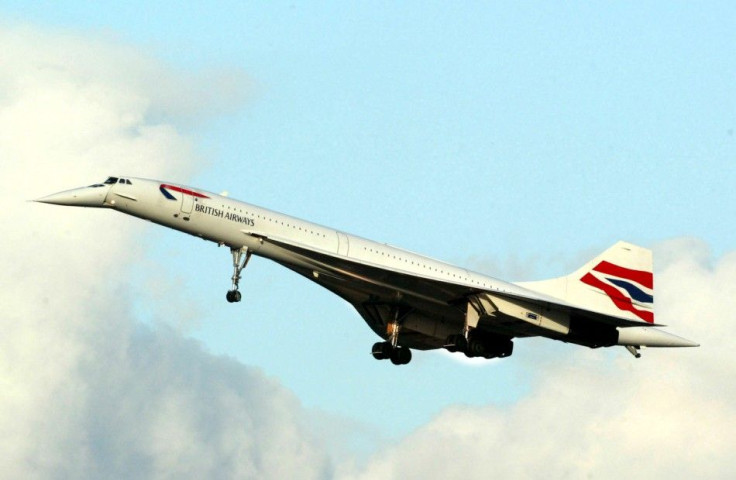Biplane Design Could Make Supersonic Commercial Flights A Reality Again

The Concorde retired in 2003, leaving the global airspace free of supersonic passenger aircraft. However, MIT aerospace engineers hatched a plan to build a supersonic biplane that lacks the booming shock waves and might make faster-than-sound commercial flight a reality once again, according to an upcoming study.
Engineers aimed to reduce air resistance that would eliminate the booming shock waves created by an object travelling faster than the speed of sound.
A new boom-free design is based off an old concept that German engineer Adolf Busemann designed in the 1950s - a biplane with wings almost touching at the tips. By having the two wings almost touching, the sonic booms that hindered the Concorde would be eliminated, the engineers estimated.
The sonic boom is really the shock waves created by the supersonic airplanes, propagated to the ground, Qiqi Wang, lead researcher and assistant professor of aeronautics at MIT, said in a statement. It's like hearing gunfire. [The sound is so] annoying that supersonic jets were not allowed to fly over land.
Engineers found flaws in Busemann's design. Although the original biplane eliminated sonic booms, the wing design made it difficult for the plane to reach speeds needed for flight.
Wang used a computer model to simulate 700 different wing combinations until he found one that overcame Busemann's design problems. He found that by widening the opening between the wings that air flows through and jutting out part of each wing, the plane could reach supersonic speeds without causing a sonic boom.
The wing design has the added benefit of cutting the fuel requirements for the plane by more than half.
If you think about it, when you take off, not only do you have to carry the passengers, but also the fuel, and if you can reduce the fuel burn, you can reduce how much fuel you need to carry, which in turn reduces the size of the structure you need to carry the fuel, Wang said in a statement. It's kind of a chain reaction.
The design remains a concept, and Wang said the next step is to create a three-dimensional model to test how it responds to other factors that affect flight.
The Journal of Aircraft will publish the results in an upcoming issue.
Wang isn't the only one working on a Concorde replacement. A Japanese group is working on a Busnemann-inspired plane with moving wings that would change shape mid-flight to attain supersonic speeds.
The Concorde, created as part of a treaty between England and France, was first flown in 1969, and flew commercially from 1976 to 2003. The supersonic jet flew regularly between London, Paris, New York City and Washington D.C., reaching speeds up 1,350 mph (2,170 km/h) and making the trips in approximately 3 hours.
The Concorde's demise began in July 2000 when a flight bound for New York City crashed just after taking off from Paris, killing 113 people. A lack of customers after the September 11 attacks and skyrocketing fuel prices contributed to the end of the Concorde as well.
© Copyright IBTimes 2024. All rights reserved.





















